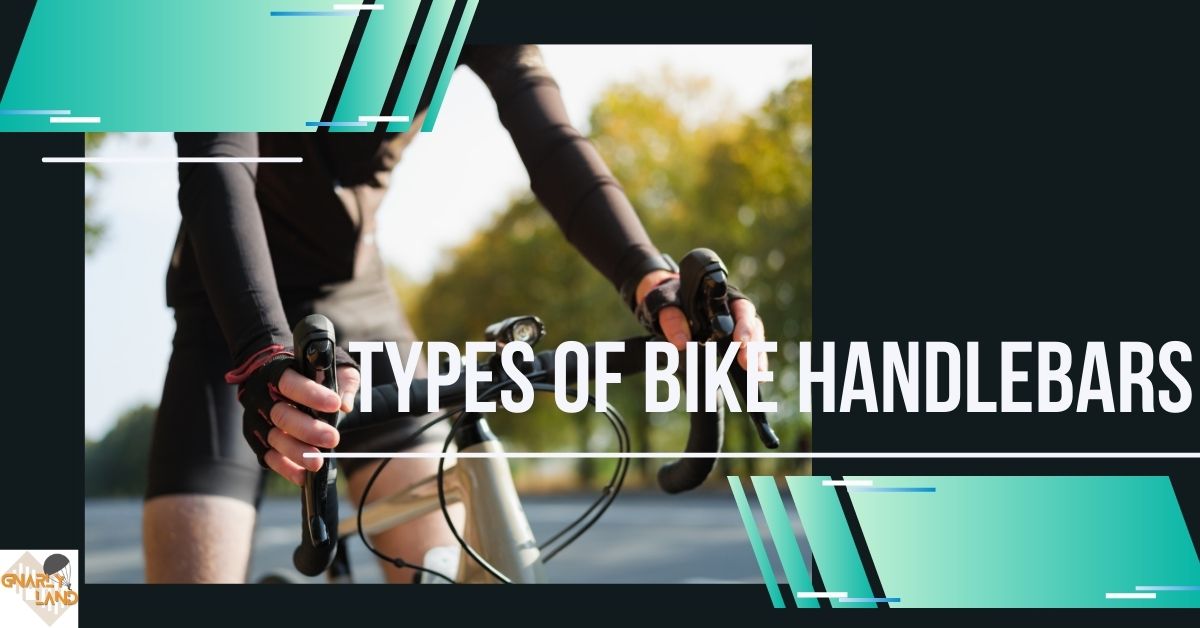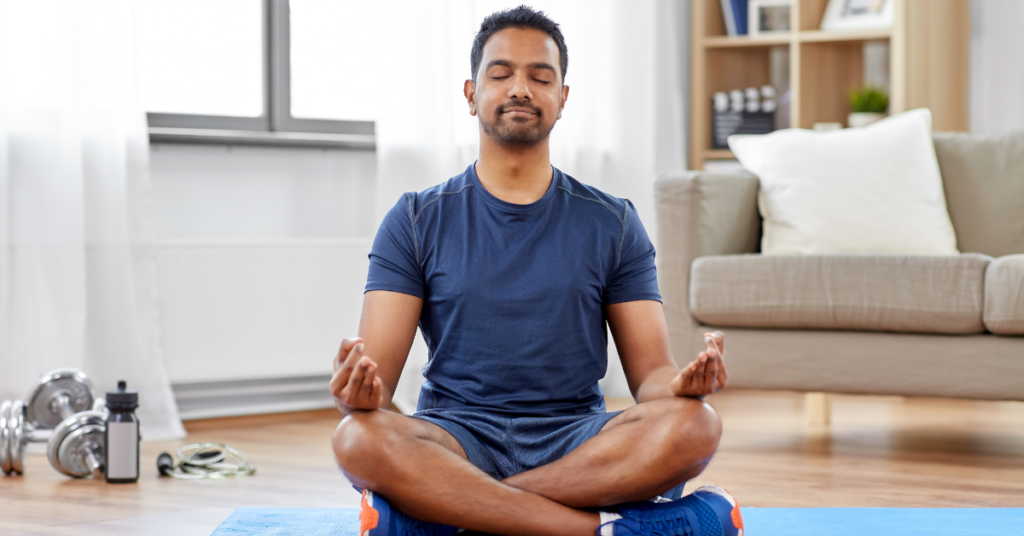One of the essential components that will connect you with your bike is the handlebars. If you don’t have handlebars, you won’t be able to maneuver your bike or control the speed as well as direction properly. Aside from that, it also supports a portion of your weight that is based on your riding position. The stability, as well as the reliability of your bike, will significantly depend on your bike’s handlebar.
Drop, flat, riser, butterfly, cruiser, and aero handlebars are the type of bars that you will see on bikes. Each of these handlebars offers different advantages and disadvantages when it comes to riding. It is important that you know what they are best for, whether it’s terrains or long-distance rides.
If you are a beginner, you might be asking what the best type of handlebars for your needs is. In this article, I will talk about the type of handlebars that are available to you. I will also talk about how you can choose the right handlebars for your bikes and what factors to consider. Lastly, I will talk about whether handlebars are interchangeable or not and how to change them properly.
Different Types of Bike Handlebars: The 101
There are different types of bike handlebars that you can choose from on the market. It can be challenging and overwhelming to choose what best handlebar you need for your bike adventures. The following will discuss the description of each type and what are the pros and cons of each.
Drop Handlebars: Great for Road Bikes
One of the most popular bike handlebars is drop bars, and this is mostly found on road bikes. The design of drop handlebars looks similar to a ram horn. These types of bars are common on muddy circuits and countless dilapidated by-ways. You also have an option of reverse drop bars.
Drop handlebars will help you to crouch down so that the drag can be reduced during your ride. This is why you can ride faster on a road bike, and having drop handlebars can also save you energy during a ride.
You also have an option of three different hand positions with the drop handlebars. You can position your hands on the brake hoods, in the drops, and on top of the bars. There is also another position that you can do which is to place your hands on the curve on the top of the bars.
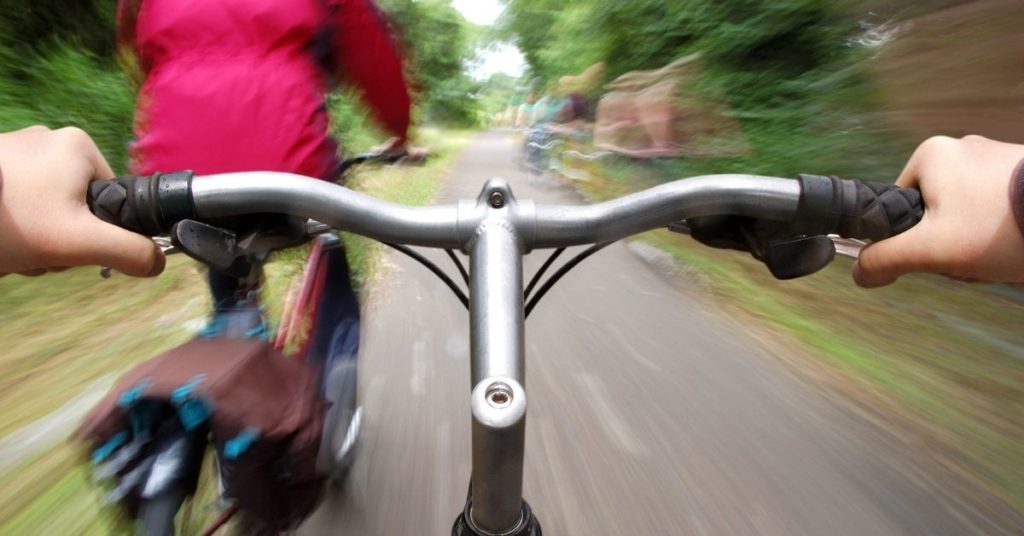
The last advantage that you can get from using drop handlebars is they can help you in shifting your weight in a forward direction. It will give you more leverage to let you pedal more powerfully.
Now, aside from the advantages, there are also disadvantages to using drop handlebars. First, it is commonly known that the drop bar brake levers and shifters are considered one of the most expensive parts compared to the other types of handlebars available.
Another disadvantage is the drop handlebars are narrower, and they are hard to steer with precision. This is why drop bars are usually seen in road usage. Also, whenever you ride in rural parts or any region that is still in development, it can be hard to find replacement parts such as brake levers as well as shifters.
When these parts are damaged, you might not be able to find one again in the rural region market.
Flat Handlebars: Most Basic Type of Bike Handlebars
Flat handlebars are one of the most basic types of handlebars, and they are popular with mountain bikes, hybrids, flat bar road bikes, cross-country bikes, and fixed-gear bikes. These types of handlebars are mostly found with a simple tube that is nearly straight.
Most may bend slightly and move back towards the rider, varying from two and ten degrees. The sweep is referred to the bar bending backward, and usually, it ranges in width, whereas the average pair measures about 580 to 600 mm in width.
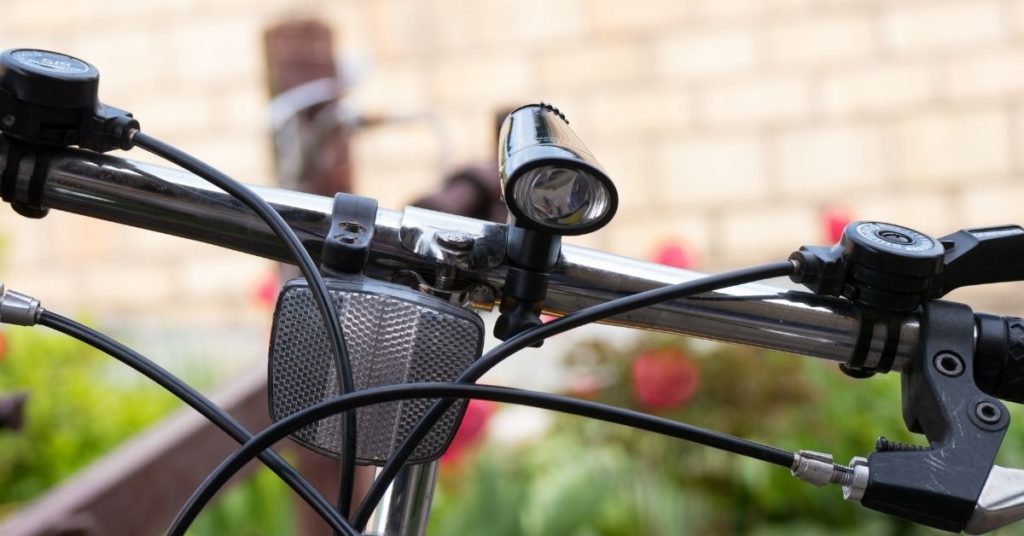
Flat handlebars offer good control since they are wide in terms of dimensions which will give you plenty of leverage. The steering can be precise even when you are at lower speeds or on technical terrain. This is why there is excessive usage of such handlebars on mountain bikes.
When you are fond of using your cycles in a rural region or a developing location, then it would be easy to find a flat bar. You can easily find compatible brake levers, shifters, and cables. Also, bike repairing shops will have these parts available at all times.
Flat handlebars are great for keeping your hands near the brake levers, which will help you in stopping the bike faster in any emergency situation that you may face. There is no need to have the time to move your hands to any other part of the bars to reach the brake levers.
Now, if you plan on using flat handlebars, they have poor aerodynamics. It will place you in an upright riding position, thus providing poor aerodynamics. Your speed will slow down since your position in this type of handlebar is your chest will act as a sail that can cause drag.
Also, since you have poor aerodynamics, you will need to burn more energy to maintain your pace, especially when you are riding through a headwind at a lower speed.
Riser Handlebars: Usually Seen on BMX
Riser handlebars are usually referred to as one of the varying versions of flat bars. The difference is commonly known about riser bars is these usually sweep up from the bike system before flattening out toward the ends where you can find the grips. They usually rise within 15 to 50 mm.
Compared to other flat bars, riser bars are mostly wider, and they are measured about 650 to 800 mm in width. The main purpose of riser handlebars is to keep you more upright while you are riding, unlike flat bars. Plenty of people find these bars to be more comfortable in such positions.
Riser bars are usually common on hybrid bikes, mountain bikes, comfort bikes, and more on BMX.
The riser handlebars are responsible for providing you plenty of leverage to point your bars wherever you want to go accurately. It results in making them great for riding on uneven surfaces and at a lower speed. Plenty of riders observes that the upright riding position needs to be comfortable.
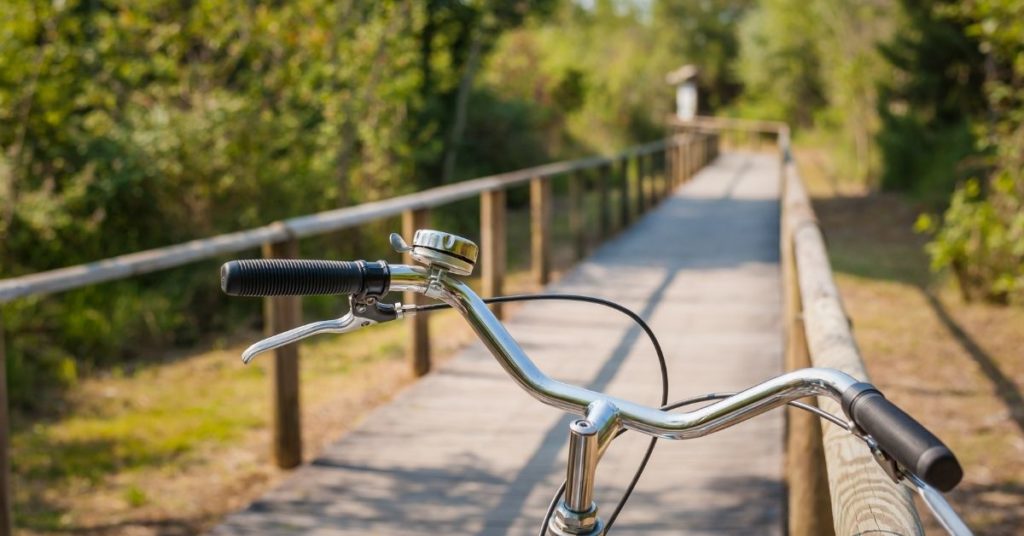
Using these handlebars is more comfortable than being in a position that is hunched over. At most times, riders are in an upright riding position which can take your body weight off your wrist and arms where you can even move to your butt.
If you have wrist problems, the riser handlebars are the best choice for you when riding your bike.
Just like the flat handlebars, you will get poor aerodynamics when you are riding. Also, whenever you are riding at longer distances, you can experience hand fatigue or numbness since you are not able to change your grip. An easy solution to this constraint is to install a bar that ends for a second-hand position.
The last disadvantage to the riser handlebars is it is heavy. The riser bar, along with the width, is increased, which means that there is a need for more material that shall be needed to manufacture the bars, which are responsible for making them heavier.
Butterfly Bars: The Best Handlebar for Touring Bikes

When you are into trekking or touring bikes, the butterfly bars are the best option for you. Looking at this handlebar, you will notice that both sides of the stem feature have a C-shaped curve. The butterfly design will allow for five different hand positions, which makes it suitable for long-distance rides.
The main advantage of buttery handlebars is they will allow you to have versatile riding positions. For example, it will allow you to ride either in an upright or bent posture. These handlebar types give sufficient shelf space for storing your essential belongings such as maps, phones, and small bags.
Nevertheless, butterfly bars are usually weighty as they have irregular curves. The extra weight may not be the main concern for plenty of riders, but it can be a huge problem for riders who tour with their bikes using mounted bike racks on their cars.
Aero Handlebars: Designed for Aerodynamic Riding Position
These handlebars are designed to place your body in the most aerodynamic riding position as much as possible technically. It is achieved by drawing the body in a forward direction and then into a tucked position where your arms are found to be held out in front of them.
These handlebars are most popular in all the time trial events and triathlons where riders race against the time and not other riders. Aero bars are also found in two parallel bars, which are mounted close together that extend straight out in front of the rider.
They are also found sweeping up slightly at the ends to make them more ergonomic since they are often wrapped in bar tape.
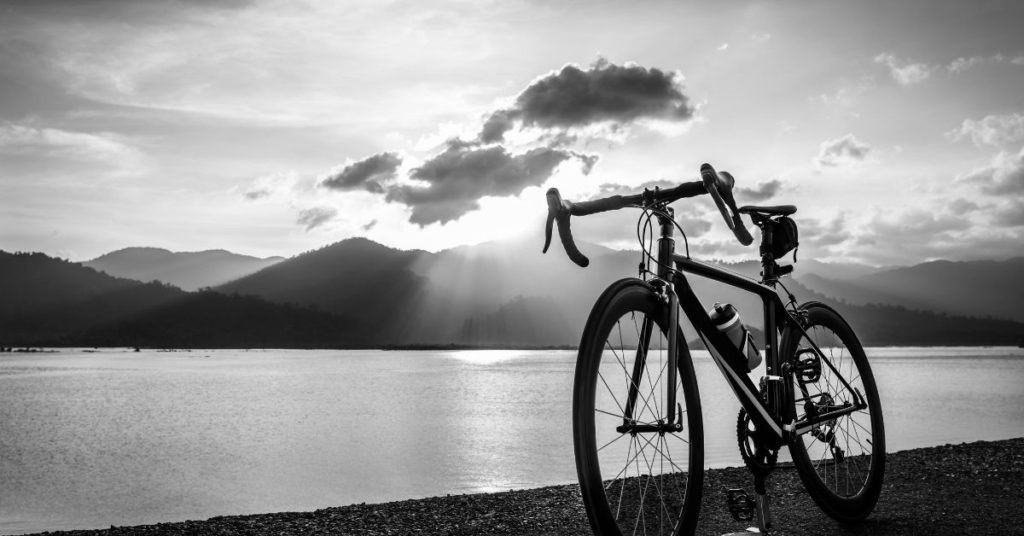
Aero handlebars are the most efficient according to aerodynamics. Most of the rider’s positions will allow you to cut through the air by simply reducing drag. When aero bars are added, it can surely increase the speed and efficiency while you ride.
These handlebars are considered to be the most efficient when it comes to aerodynamics. The position of the rider will allow you to cut through the air by simply reducing the drag. When you add this to your bike, it can surely increase speed and efficiency.
Aero handlebars can also be mounted to most handlebar types like drop bars, flat bars, and bullhorn bars. While riding with aero bars, the rider doesn’t need to use their hands as much. You don’t need to grip the bars since your forearms will help you keep them straight.
Now, aero handlebars are a bit unstable to handle since they can be quite difficult to turn precisely. If you want to make quick turns, then you might put yourself in a dangerous situation. You also need to immediately decide to apply the brakes since it takes time to push your hands off the bars and then move them to the braking system, which seems to be a bit dangerous.
Lastly, there are times when power is more crucial than aerodynamics. If you find yourself in this situation, the aero bars won’t be able to help you.
Cruiser Handlebars: Can Be Found in Vintage Bikes
Bikes with cruiser handlebars are usually the ones that you bring home to your mom. You can find these handlebars on vintage bright yellow bikes that usually have tassels flying by in the wind. They have an adorable shape and are possibly the most aesthetically pleasant out of all the handlebar models.
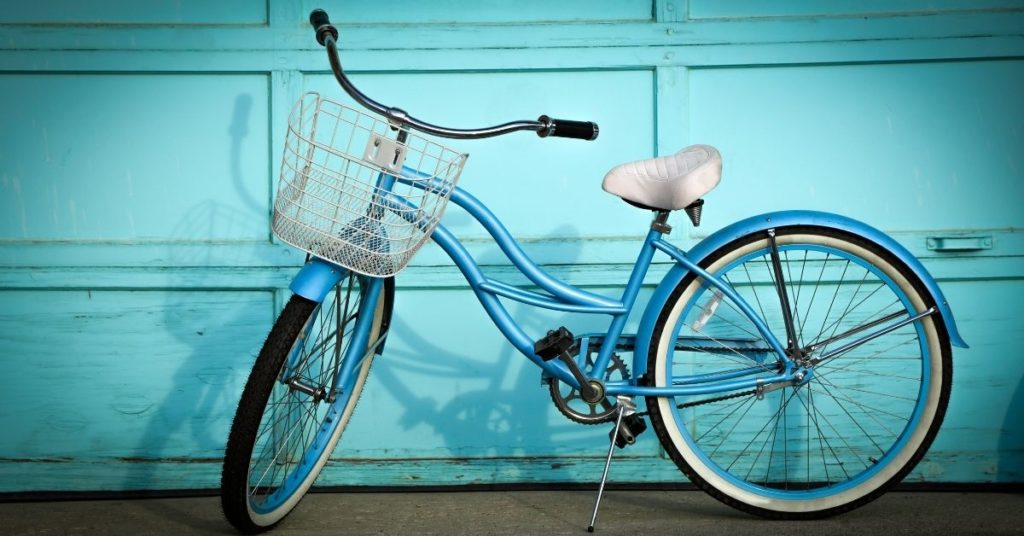
Since it has a large sweep in the center, you can put yourself in a well-posture, comfortable upright position. With the other bike handlebars, you may want to lean into them, but this handle allows comfort. It also usually comes with a basket and a bell.
Now, the downside to this handlebar is you will need to invest in a larger seat. You will be placing more pressure backward on your tush than forward on your legs. With this, you will need a padded seat rather than the regular bike seat.
If your place has plenty of climbs, then this might not be the best bike for you. However, if you are using these types of handlebars and see an uphill route, it is best just to ride the other way.
Choosing the Right Handlebars for Your Biking Needs
There are different factors that you need to consider when you are choosing your handlebars, from the diameter to the width. It is best that you know every information before you go out and shop for new handlebars for your bike.
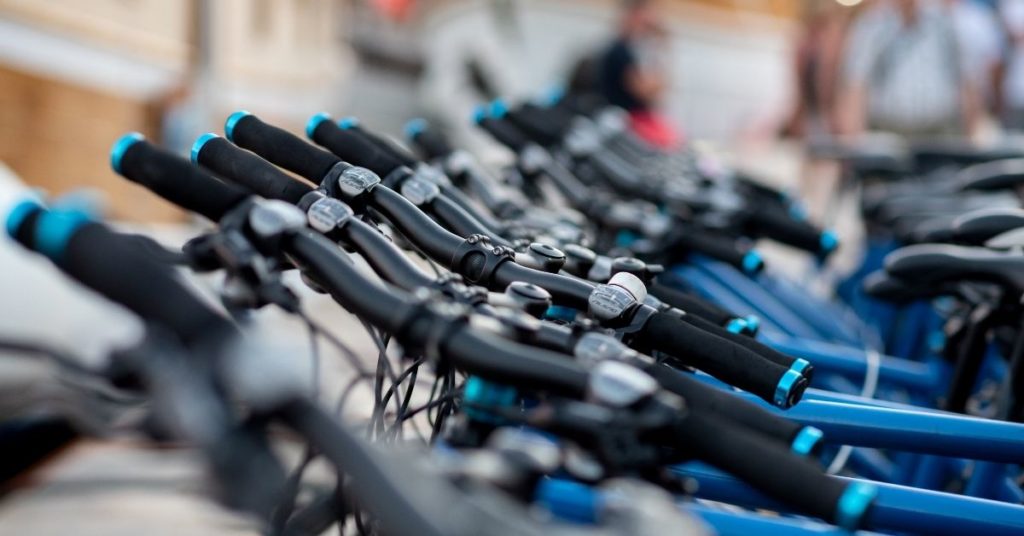
The Width of Your Handlebar
The width of your handlebar usually depends on your height. For example, the road handlebar width would usually stretch in between 38 to 46 centimeters. It means one would opt for a handlebar that has the same width as the distance between your AC joint and the person’s shoulders.
Doing can help you hold the handlebars in the drop with knuckles outside the line of your shoulders. There are two important points that you need to keep in mind. First, the narrower the handlebar, it allows for a more aerodynamic position.
Second, the wider the handlebar, it will make the bike feel more stable and, therefore, easier to control. You can always size up or down depending on your priorities with your ride.
Make Sure to Consider the Reach
The reach is defined as the distance the bar extends from the clamp area. With different handlebar designs, you would normally have different reaches. This governs how far forward you will need to stretch, so taller riders will need a longer reach as it is proportioning the respective height. On the other hand, smaller riders will need a lesser reach.
Know What Is the Drop For
The drop is defined as the distance between the top and the bottom of your handlebar. The bar has a shorter drop that is likely to make a transition from riding in the break hoods so that it drops easier. It will also require less stretching of your back, hips, and shoulders.
Handlebars that have more drop would normally require much more movement. It is generally chosen based on your respective height, such as the reach. Plenty of people would normally benefit from having a much less drop. A long drop handlebar would usually be around 150 mm, while a medium drop should be around 135 mm.
The compact handlebar is around 120 mm. The shape of the drop can vary from bar to bar, and there are three types that you need to consider. The first type is called ‘traditional,’ which has been around ever since the dawn of handlebars.
The second is ‘ergonomic,’ which is less curved and has a flat section on the drop so that it is more comfortable. Lastly is the ‘variable radius,’ which presents a very pronounced top flat section.
Whenever you are choosing the shape of the drop, you must consider getting the brake hoods in the right place and minimizing the amount of bending in the rig whenever you are riding the drops.
Know the Cost Involved in Getting Handlebars
Plenty of cyclists that replace their handlebars can be more costly than the original purchase of the bike. It is best to get the proper bike the first time around instead of sorting out your handlebar needs later on. When you are in love with your bike or emotionally attached, but it only needs new handlebars, it would cost upwards of $100 to $500 on an average.
The price would include all parts and labor, which is quite dependent on the model and quality of the bike that you have chosen. You should expect to pay these prices when you need to have your bike repaired since it is part of the process. However, when you want to take on the endeavor yourself, it would make you a true handyman.
I will talk more about interchangeable bike handlebars in the following section.
Interchangeable Bike Handlebars: Is It Possible?
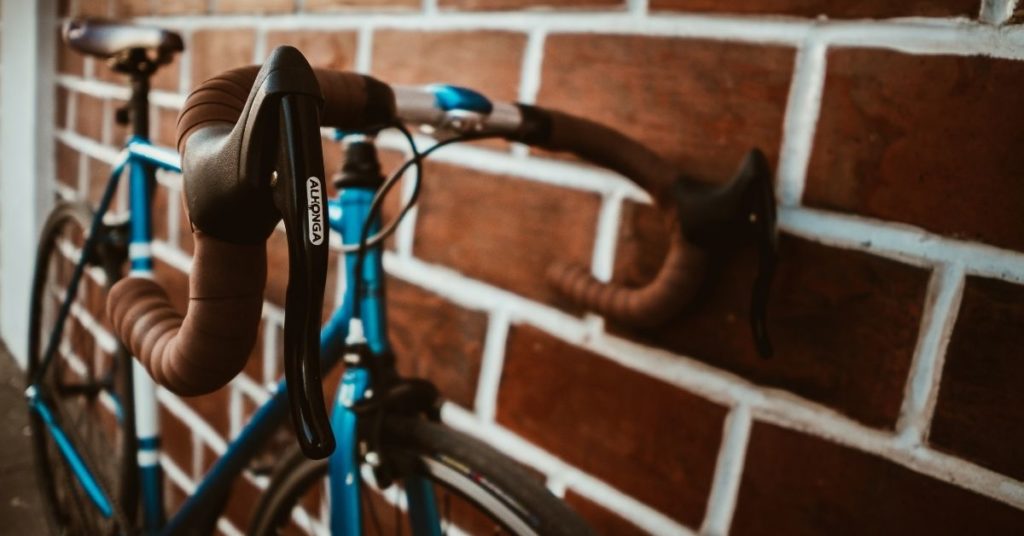
Yes, handlebars are interchangeable, and when you have a handle that you are relaxed with, it can affect your performance during your ride. Aside from that, it can also help with the handling of your bike. Changing your handlebars can be a time-consuming process, but for true cyclists, the effort would be worth it.
Plenty of riders would advise that it’s not wise to change your handlebars but rather invest in the right one in the first place. Doing this would eliminate the hassle, time, and repairs altogether.
When you have already invested a huge amount in the bike you have, then it is best to choose the right handlebar for a comfortable ride.
How to Change Your Bike Handlebars: The Instructions You Need
Now, the entire process can be tricky, just to give you a heads up. When you are a handy type of person and want to save money on labor, here are the steps on how to do it.
The first thing that you will need is to purchase your new handlebars choose the best one for you that is listed above. Make sure to purchase one that fits the diameter of your stem, and this is where the handle will fit into.
The next step is to detach your brake cables from your current handlebars. You will see a screw that is connecting your old handlebar, and make sure to unscrew this, then slide the old handlebar off. Now, you will need a new set of brakes at this point.
You will need to be sure that the brakes will fit your brake mounting as well as the wheel. You will also need cable hangers to connect these when you are too short. You can find all of these parts on Amazon.
Next, you will need to attach the brakes and cables to your new handlebar. Leave enough room in your cables so that you can move freely. However, make sure that they are not dragging or getting caught in any gears, chains, etc.
After that, thread your new cables and tighten the nut. When that’s done, close your brakes while tightening the cable and when you need it, make sure to ask for help. Lastly, test the brakes to see if they feel tight enough for you. Loosen them accordingly and be sure to check them carefully.
Brakes are necessary, and you don’t want it to be flying down a hill with no way of slowing down or stopping.
Final Thoughts
Handlebars play a huge role when it comes to your comfort, aerodynamics, and handling of your bike. It can also be a support for your weight whenever you are riding. Aside from this, they are found to provide a mounting location for your brake levers, shifters, and accessories such as a light, GPS, cycling computer, etc. Make sure always to choose the right handlebars for your needs and be safe while riding! If you want to know more about accessories, you check out an article I wrote about the best bike speedometers.

